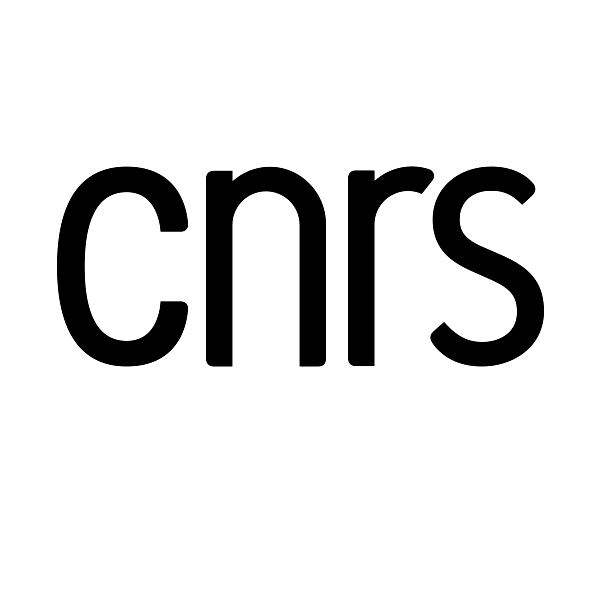Le 1er juillet 2017
de 11h00 à 11h30
Le Patio (université de Strasbourg)
22 rue René Descartes, 67000 Strasbourg
salle 3204
Séance - Counterpoint and Composition in Europe during the 17th and 18th Centuries
Pré-acte / Acte
Auteur : Natalia Plotnikova
According to one authoritative opinion, ‘baroque music in Russia took over some functions of Renaissance Art’. The principal Renaissance feature in Russian part-singing style is the imitative polyphony. In the middle of the 17th century, when monody still dominated in Russian liturgical singing, the latter began to assimilate the standards of polyphonic writing generally accepted in European music. In the late 17th and early 18th century, the imitation forms, especially canon, determined the style of part-singing (partesnïe) compositions with their powerful space effects and juxtapositions of large choral masses. The highest achievements in this domain can be found in the works by V. Titov and N. Diletsky. Canon is the basis of antiphonal singing in polychoral compositions. Such antiphonal episodes have their origin in Renaissance music and in the works by the composers of the Venetian school. The technique of polychoral imitative writing was described by N. Diletsky in his treatise Musikiyskaya Grammatika (‘Music Grammar’) as ‘Khoralnoe pravilo’ (‘The Choral’s Rule’). The main feature of this technique is the canon in the lower parts of texture, usually in unison. ‘The Choral’s Rule’ was used in various ways in part-singing concertos and Divine Services. Titov’s 8-, 12-, 16- and 24-part compositions will be analyzed. The particular feature of Titov’s polyphonic technique is the combination of canon and fugue principles. A special example of such a synthesis is the ‘Alleluia’ from his 24-part Divine Service. The present paper’s aim is to demonstrate Titov’s brilliant polyphonic technique in using various imitative forms.







